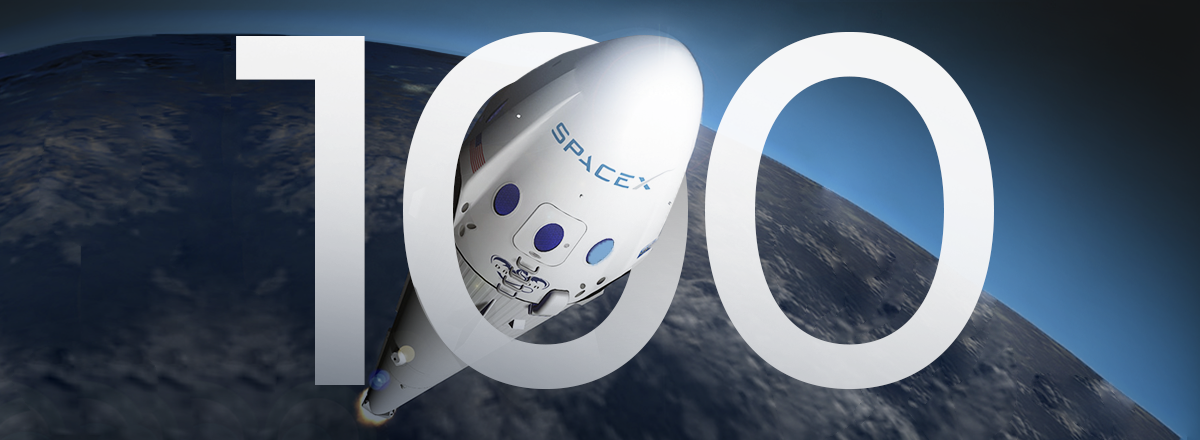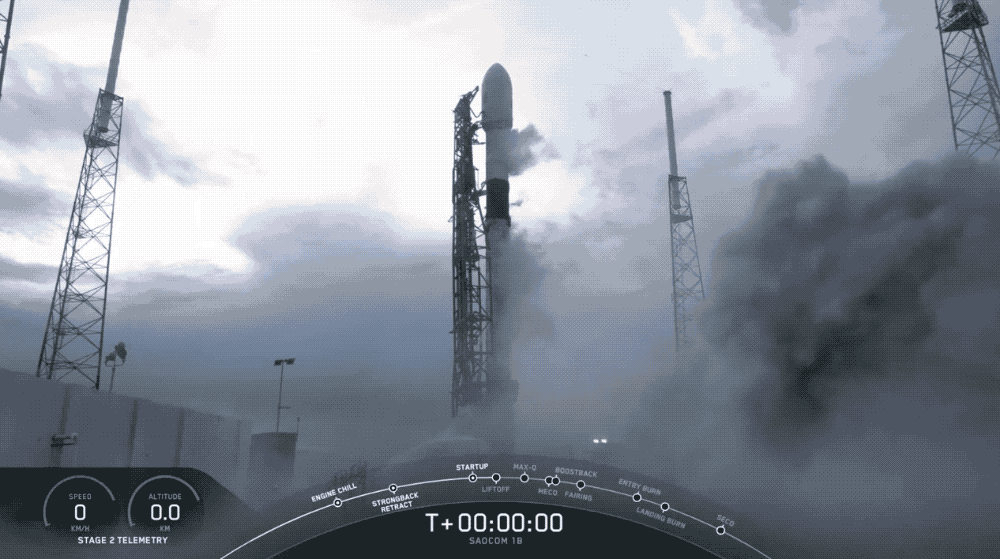On August 30, SpaceX launched its SAOCOM 1B Mission from Cape Canaveral, Florida, in decades. It’s been the first polar launch from Florida since 1969 and SpaceX’s first launch to a polar orbit from the East Coast. The Falcon 9 rocket carried the Argentinean SAOCOM 1B satellite along with two American rideshare payloads, Tyvak-0172 and PlanetiQ’s GNOMES-1.
The liftoff took place at 7:18 PM EDT (23:18) UTC from Space Launch Complex 40 on Sunday.
The SAOCOM 1B spacecraft, flown on behalf of the Argentine space agency, was deployed 14 minutes after launch. The secondary payloads were deployed approximately 60 minutes after liftoff.


The first stage of the Falcon 9 rocket has already launched the Dragon spacecraft to the International Space Station and supported the launch of SpaceX’s 9th Starlink mission. In total, it’s been the fourth flight of the Falcon 9, and it was surely not the last one.
Falcon 9 landed on Landing Zone 1 at Cape Canaveral Air Force Station.
After launching SAOCOM 1B and two rideshare payloads to orbit, Falcon 9’s first stage returns to Earth and lands at Landing Zone 1 — completing SpaceX’s first polar orbit mission from Florida pic.twitter.com/dOeZEaKFAR
— SpaceX (@SpaceX) August 31, 2020
The mission is so unique because usually, satellites bound for polar orbits launch from Vandenberg Air Force base in California as it is a less populated area. However, due to wildfire dangers in California, SpaceX was granted permission to launch the mission from Cape Canaveral, close to populated areas, and the Falcon 9 headed south toward Cuba, unlike any rocket that takes off from Florida. SpaceX became an exception, particularly because the Falcon 9 rocket is equipped with an automatic flight safety system, which can destroy it if something goes wrong.
Tonight's launch is an especially exciting one. It’s SpaceX’s first polar orbit launch from the Cape – meaning that on its way to space, Falcon 9 will fly south along the eastern coast of Florida
— SpaceX (@SpaceX) August 30, 2020
The SAOCOM 1B satellite aims to follow a sun-synchronous orbit and monitor spots on Earth every day at the same time, thus checking whether there may be any disasters that could affect industries on Earth.














